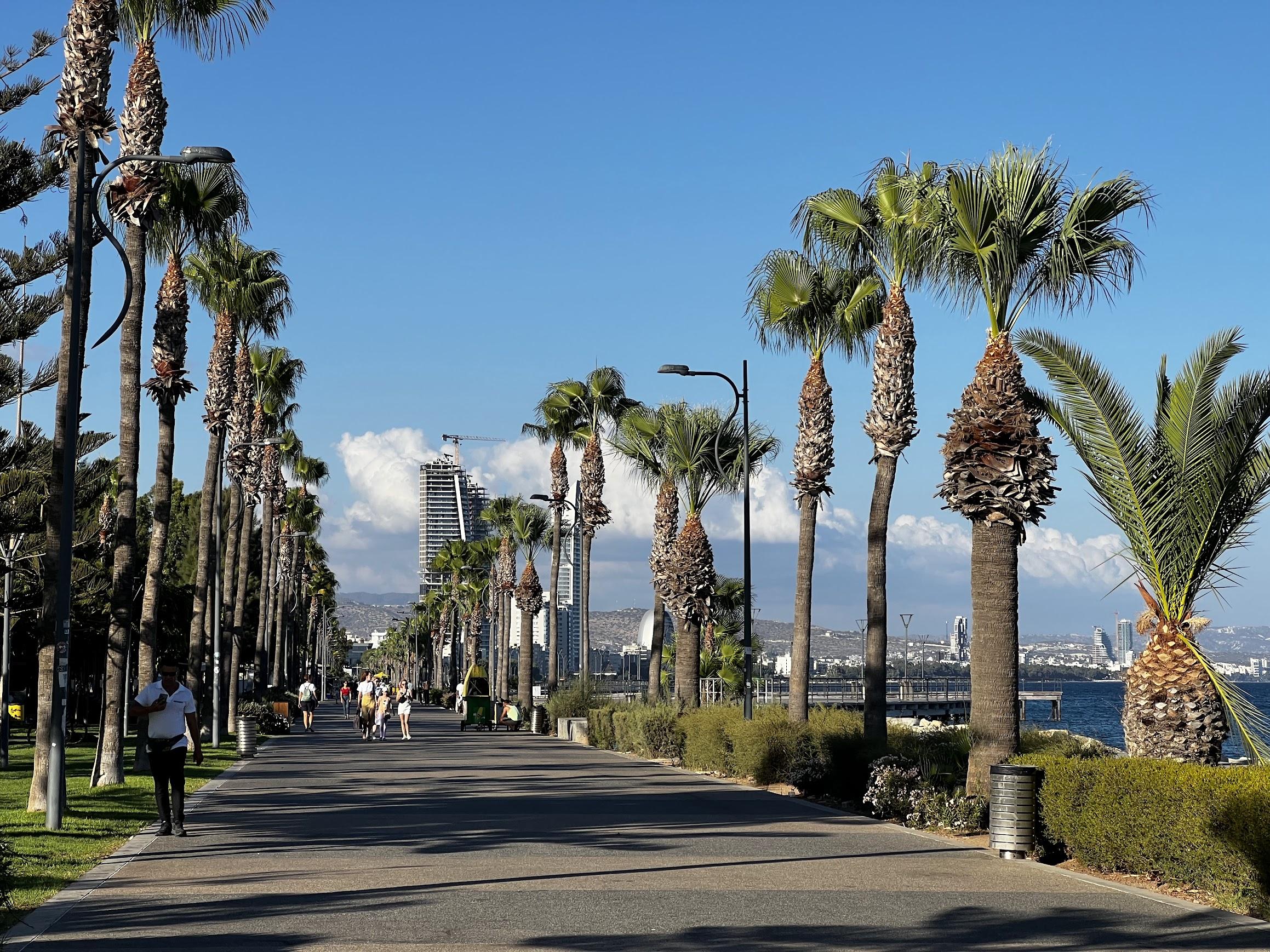The spending of families in Cyprus has increased significantly over the last decade.
According to Eurostat, the annual real consumer spending per person in Cyprus was around €24,600 in 2024.
By comparison, this figure did not exceed €14,400 in 2015, indicating a price increase of around 71% over ten years. In the last year alone, there was a 6% increase, as in 2023, the figure was €23,200. These figures clearly reflect the increased daily expenses of Cypriot families and the pressure that inflation is putting on their standard of living.

Large differences in the cost of living also exist between EU countries.
The most expensive countries in 2024 were Denmark, Ireland, and Luxembourg. In Denmark, prices for consumer goods and services reached 143% of the EU average; in Ireland, 138%; and in Luxembourg, 133%. Conversely, the most affordable countries were Bulgaria, Romania and Poland. In Bulgaria, this indicator was just 60% of the EU average; in Romania, it was 64%; and in Poland, 72%.
The sharpest price fluctuations between countries were seen in the alcoholic beverages and tobacco products category. In Ireland, consumers paid 205% of the EU average for these goods. This is almost three times more expensive than in Bulgaria, for example, where the figure is only 69%. Significant price differences were also observed in the hotel and restaurant sector. Denmark is again the most expensive destination, with prices reaching 148% of the EU average, while in Bulgaria they are only 53% of the average. Denmark is also the most expensive destination for clothing, at 133%. Meanwhile, clothing costs 79% of the EU average in Bulgaria and 85% in Romania and Hungary.
Prices in the food and non-alcoholic beverages category range from 76% of the EU average in Romania to 125% in Luxembourg. As for transport, Slovakia is the cheapest (89%), while Denmark is the most expensive (120%). Even the price of electronics varies significantly, from 89% in Italy to 115% in Finland.
Eurostat data highlight continuing socio-economic inequalities within the European Union.
Differences in price levels and expenditure directly affect citizens' purchasing power and hinder the development of a unified economic and social policy. In an environment of inflationary pressures, an energy crisis and the aftermath of the pandemic, these imbalances are particularly acute, raising questions about the sustainability and fairness of economic development in EU countries.
